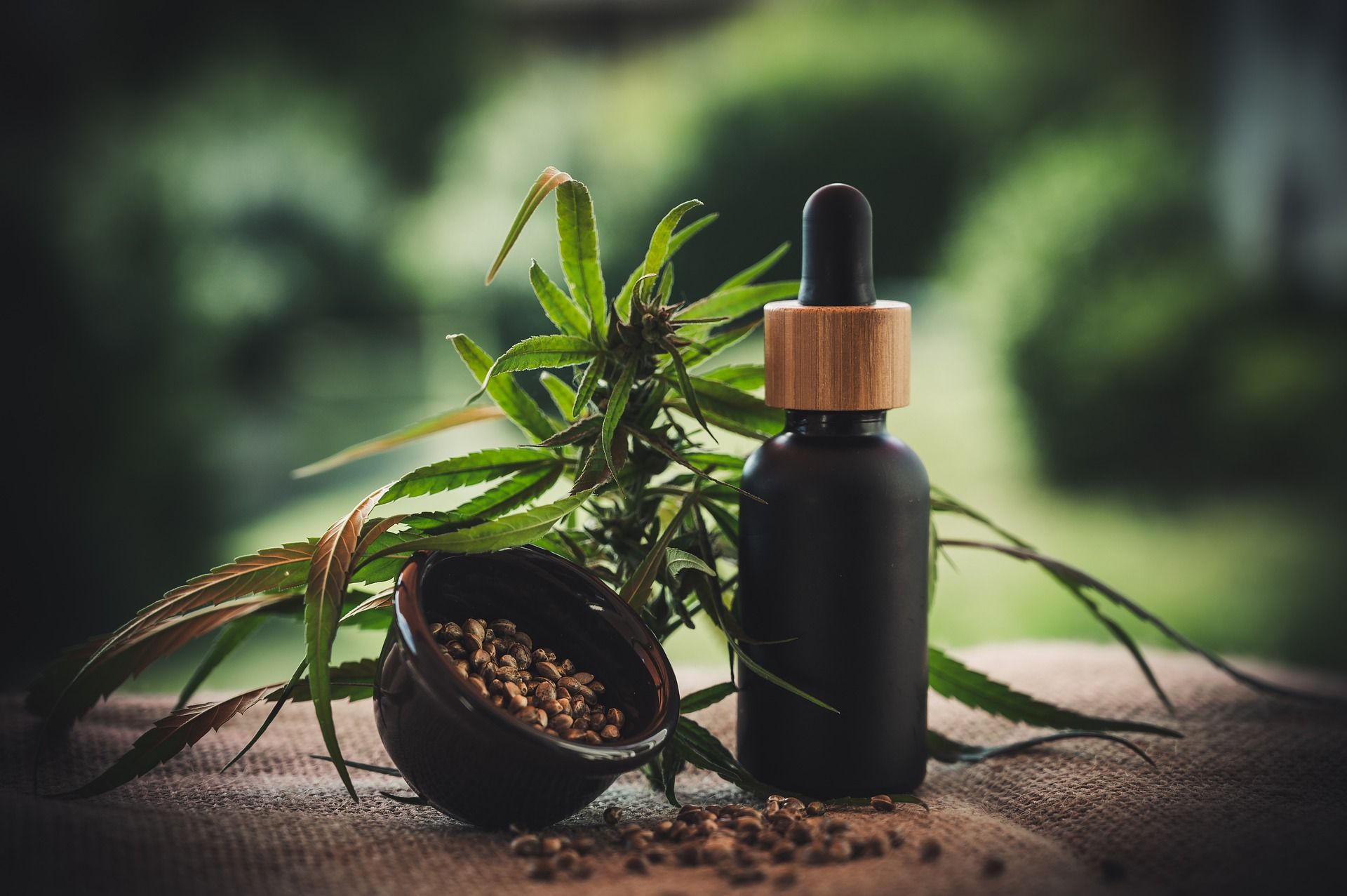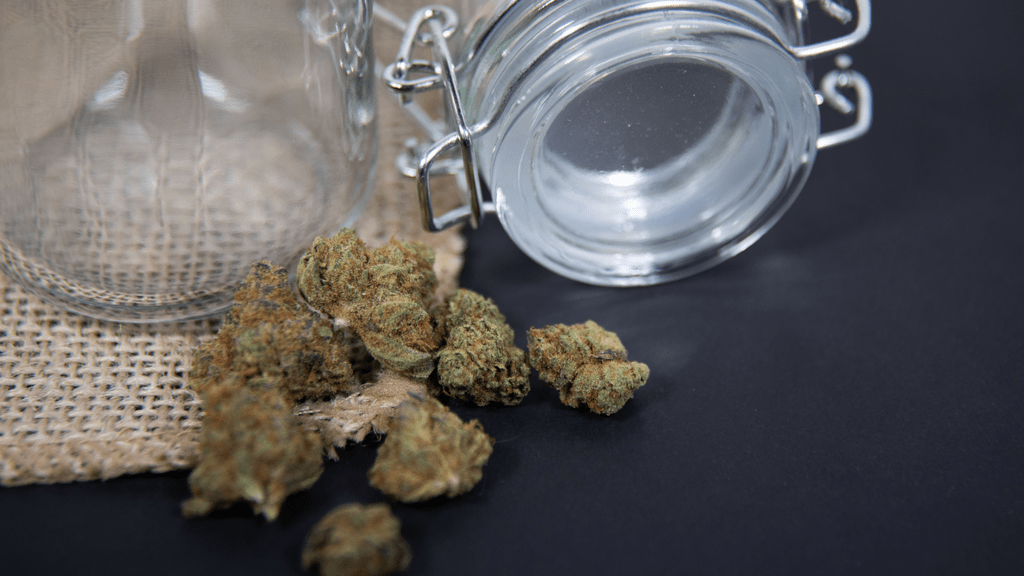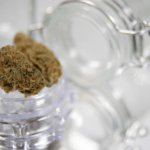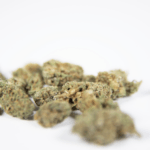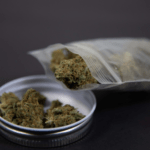In the ever-evolving cannabis conversation, few cannabinoids have stirred as much curiosity as THCV (tetrahydrocannabivarin). From headlines calling it “diet weed” to dispensary chatter about its energizing effects, THCV is gaining momentum. But with that spotlight comes a fair share of myths, exaggerations, and half-truths. To help cut through the noise, here’s a look at the top five misconceptions about THCV—and the reality behind them.
1. THCV Is Basically THC by Another Name
At first glance, THCV looks like THC’s twin. Their names are similar, and they share much of the same molecular structure. But the subtle differences matter. THC carries a longer carbon side chain, while THCV’s is shorter. This structural tweak alters how each cannabinoid interacts with the body’s endocannabinoid system. Rather than behaving exactly like THC, THCV sometimes blocks receptor activity, sometimes stimulates it, and often produces a very different experience—lighter, shorter, and more focused.
2. THCV Works Like a Guaranteed Appetite Suppressant
The “diet weed” label is one of the most persistent myths. Yes, some studies point to THCV’s potential influence on hunger signals, particularly at lower doses where it may dampen appetite. However, the effect isn’t universal. At higher doses, THCV can mimic THC and even increase hunger. Consumer reports are mixed, too—some feel appetite control, while others notice no change at all. The reality? THCV’s relationship with appetite is complex and far from settled science.
3. THCV Always Gets You High
Contrary to popular belief, THCV doesn’t always deliver a buzz. In small amounts, it’s typically non-intoxicating and may even promote mental clarity. Only at higher concentrations do its psychoactive qualities appear, and even then, the “high” is described as sharper, quicker, and more energizing compared to THC. Think of it as a burst of focus rather than a heavy stone. For consumers seeking functional effects without full intoxication, this nuance makes THCV stand out.
4. THCV Is Easy to Find at Any Dispensary
Marketing hype can make it seem like THCV products are flooding shelves, but the reality is very different. Naturally THCV-rich strains are rare, with Durban Poison and a handful of African landraces being the most reliable sources. While some producers are experimenting with extraction and infusion, authentic THCV items remain limited and often come at premium prices. If a dispensary menu is advertising THCV, it’s worth asking questions about sourcing and lab testing before assuming it’s abundant.
5. We Already Know Everything About THCV
Perhaps the biggest misconception is that THCV’s benefits are fully mapped out. Research is still in its infancy. Early findings suggest possible roles in regulating metabolism, easing inflammation, or even supporting neurological health, but most of this comes from preclinical studies. Human trials are few, and results are far from conclusive. As exciting as THCV is, the science is still unfolding—making it important to view bold claims with a healthy dose of skepticism.
Wrapping It Up
THCV is an intriguing cannabinoid with qualities that clearly distinguish it from THC and CBD. But as with any rising star in cannabis science, hype often races ahead of evidence. It isn’t guaranteed to curb your appetite, it won’t always get you high, and it certainly isn’t everywhere yet. What THCV does offer is a unique glimpse into the diverse potential of the cannabis plant—one that invites curiosity, patience, and an open mind as research catches up with consumer interest.

